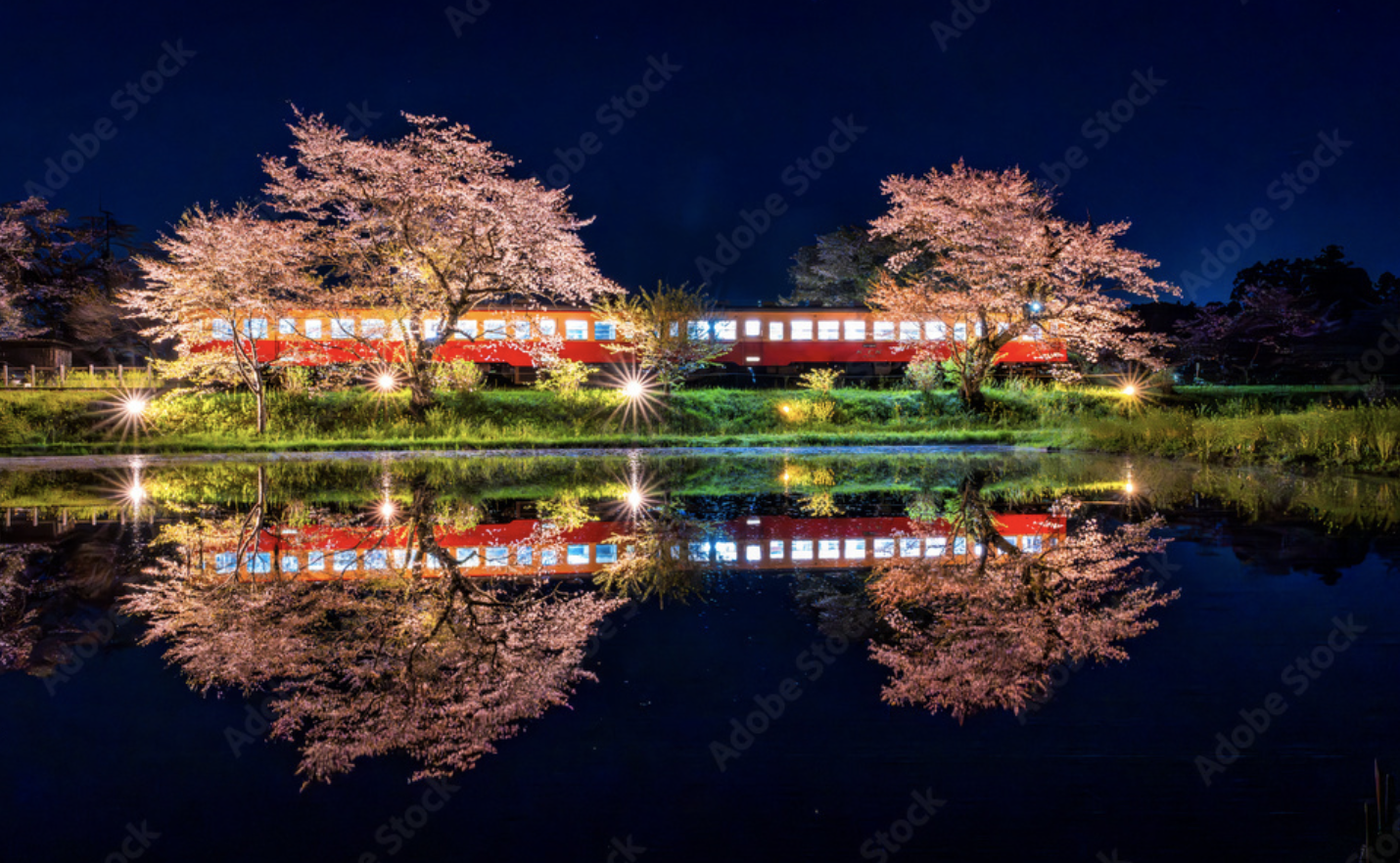Chiba Prefecture Apartment Rental Guide for Foreigners
Introduction: Why Chiba for Foreign Residents?
Chiba Prefecture, located just east of Tokyo, offers an ideal balance for foreigners who want to live near Japan’s bustling capital without paying Tokyo-level rents. With convenient access to central Tokyo via JR and private train lines, as well as proximity to Narita International Airport, Chiba serves as both a strategic and comfortable living area.
One of Chiba’s biggest appeals is its suburban lifestyle. Unlike central Tokyo, Chiba’s residential areas are spacious, quieter, and more family-friendly. Parks, rivers, beaches, and natural surroundings offer a quality of life that is hard to match in the heart of Tokyo.
Additionally, Chiba hosts diverse foreign communities, including Indians, Filipinos, Vietnamese, and Chinese residents. International supermarkets, spice shops, halal and vegetarian restaurants, and schools offering English support make it easier for foreigners to feel at home.
For families, Chiba offers larger apartments, safer neighborhoods, and a better environment for children to grow, all while remaining close enough to Tokyo for work or leisure.
Chapter 1: Living Environment in Chiba
Suburban Comfort and Space
Chiba’s residential areas such as Ichikawa, Funabashi, and Urayasu provide a suburban atmosphere. Homes here often feature more space than Tokyo’s compact apartments, including balconies, larger kitchens, and living rooms. Families often prioritize these areas for the balance between convenience and space.
Parks, riverwalks, and beaches abound, offering recreation for children and adults alike. Coastal areas such as Chiba City and Kisarazu allow easy access to seaside activities, while parks like Funabashi Andersen Park provide family-friendly leisure spaces.
International Grocery and Dining Options
Foreign residents in Chiba can access a wide variety of international groceries and specialty stores. Indian spice shops, halal butchers, and supermarkets carrying imported goods are scattered across major residential hubs.
Restaurants cater to diverse dietary needs, including vegetarian and vegan options, as well as authentic Indian, Filipino, Vietnamese, and Chinese cuisine. Areas near major train stations, especially Funabashi and Ichikawa, host many such establishments.
Education Options: International and Local Schools
Chiba offers several international schools, including:
- Makuhari International School
- Urayasu International School
These schools cater to English-speaking students, offering a smoother transition for children from abroad. Local Japanese schools are also accessible, with some offering English support programs for foreign students.
Families often balance between local schools for cultural integration and international schools for language continuity, depending on long-term residency plans.
Chapter 2: Rental Market and Rent Price Ranges
Typical Apartment Types and Costs
- 1R (Studio): ¥40,000–¥60,000 per month
- 1LDK (One bedroom + living/dining/kitchen): ¥60,000–¥90,000 per month
- 2LDK (Two bedrooms + living/dining/kitchen): ¥80,000–¥130,000 per month
- Family-sized apartments (3LDK+): ¥120,000–¥200,000 per month
Compared to Tokyo, Chiba offers more space for the same price. Apartments with parking are common, making it easier for families with cars.
New vs. Old Buildings
- New Apartments: Modern facilities, air conditioning, and higher security.
- Older Buildings: Often cheaper but may lack elevators or modern amenities.
Foreign families often prioritize 2LDK or larger apartments with parking, especially in Ichikawa, Funabashi, and Urayasu.
Deposits, Key Money, and Renewal Fees
- Deposit (Shikikin): Usually 1–2 months’ rent
- Key Money (Reikin): Often 1 month’s rent, non-refundable
- Renewal Fee: Required every 2 years for many rental contracts
These fees in Chiba are generally lower than Tokyo’s, making relocation more affordable.
Chapter 3: Commuting & Transportation Access
Access to Tokyo
- Ichikawa: 20–25 minutes to Tokyo Station via Sobu Line
- Funabashi: 25–30 minutes to Tokyo Station, multiple lines available
- Urayasu: 25 minutes to Tokyo Station via Keiyo Line
Commuting from Chiba to central Tokyo is generally convenient, but peak hours can be crowded.
Local Transportation
JR lines, private railways, and bus networks cover most residential areas. While trains are frequent and punctual, buses are less frequent in suburban zones, requiring planning for errands.
Airport Access
- Narita Airport: 30–60 minutes from northern Chiba areas (Narita, Funabashi) via JR or Keisei lines
- Haneda Airport: 50–70 minutes via Keiyo Line or a combination of train lines
Proximity to airports is a major factor for foreign residents, especially those traveling frequently for work or family visits.
Chapter 4: Foreign Communities and Culture in Chiba
Indian Community
Ichikawa, Funabashi, and Nishi-Funabashi host a significant Indian population. Families often live here due to the availability of larger apartments, international supermarkets, and proximity to schools offering English support. Local temples and cultural centers allow residents to celebrate festivals such as Diwali and participate in community events.
Filipino Community
Chiba City and Narita are popular among Filipino residents. Many work in aviation, hospitality, or logistics, especially near Narita Airport. Churches and community centers play a key role in maintaining cultural ties, hosting events like Simbang Gabi and Filipino festivals.
Vietnamese and Chinese Residents
Universities and vocational schools in Kashiwa, Matsudo, and Chiba City attract Vietnamese and Chinese students. Language schools are available for those improving their Japanese skills. Cultural centers and student communities provide social support and networking opportunities.
Cultural Events and Facilities
- Temples and Churches: Locations for religious and social gatherings
- Community Centers: Offer language classes, cultural activities, and social events
- Festivals: Diwali, Lunar New Year, and other cultural celebrations enrich the local multicultural atmosphere
Chapter 5: Saving Money & Daily Living Costs
Supermarkets and Shopping
- Japanese Chains: Aeon, Ito-Yokado, SEIYU – affordable and reliable
- International Shops: Indian, Filipino, Vietnamese grocery stores – ideal for spices and specialty ingredients
Furniture and Household Items
- Second-hand Shops: Hard-off, recycle stores, flea markets
- 100-yen Stores: Daily necessities at low cost
Monthly Budget Example for a Family
- Rent (2LDK): ¥100,000–¥130,000
- Utilities (electricity, gas, water): ¥15,000–¥25,000
- Food: ¥40,000–¥60,000
- Transportation: ¥10,000–¥20,000
- Miscellaneous: ¥10,000–¥15,000
Tips to Reduce Costs
- Buy seasonal produce from local markets
- Use IC cards for discounted train/bus fares
- Combine shopping trips to reduce transportation expenses
Chapter 6: Raising a Family in Chiba
Family-Friendly Environment
- Larger apartments and houses allow for more comfortable living
- Parks, playgrounds, and beaches encourage outdoor activity
- Low crime rates make Chiba safer for children
Education Options
- International Schools: Urayasu International School, Makuhari International School
- Local Schools: Public kindergartens and elementary schools with English support programs
- After-School Programs: Japanese language support and extracurricular activities
Japanese Language Learning Challenges
- Children may face difficulty in fully integrating without language support
- Many families combine local schools with weekend language classes or tutoring
Chapter 7: Chiba vs Other Areas (Tokyo, Saitama, Kanagawa)
Rent and Apartment Size
- Chiba offers larger apartments at lower prices than Tokyo
- Tokyo is more expensive but closer to employment opportunities
- Saitama and Kanagawa have mid-range pricing, depending on proximity to Tokyo
Community Size and Diversity
- Chiba’s suburban cities provide more space for growing families
- Tokyo has more diverse foreign communities but limited space
- Saitama and Kanagawa are attractive for students and young professionals
Commuting Convenience
- Chiba: 20–60 minutes to central Tokyo depending on location
- Tokyo: Short walking distance to work in central areas, but higher rent
- Saitama/Kanagawa: Good for commuters, moderate rent
Final Chapter: Summary – Chiba as a “Second Home” for Foreigners
Chiba Prefecture offers a unique combination of convenience, affordability, and quality of life for foreign residents. Its proximity to Tokyo and Narita Airport makes it ideal for both work and travel. Suburban neighborhoods provide family-friendly environments, with parks, beaches, and recreational areas.
The multicultural community enriches the living experience, offering cultural festivals, international schools, and ethnic grocery stores. Foreign families can find apartments that meet their space and lifestyle needs at reasonable rents.
For foreigners seeking a balance between Japan’s fast-paced capital and a relaxed suburban lifestyle, Chiba serves as a “second home,” supporting both professional life and family well-being.

